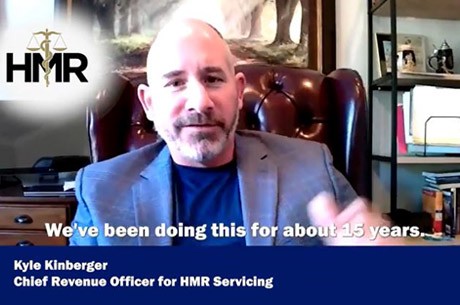Quantitative Pupillometry in Personal Injury TBI Cases
An article about quantitative pupillometry came out in December, 2019 from Medscape that caught my eye as we recently wrapped up a TBI CLE in partnership with CNS for Capitol City Trial Lawyers Association members. The article Quick Eye Test May Flag Unrecognized Brain Injury focuses on a study published in the Journal of Neurosurgery. What is quantitative pupillometry you may ask? The journal states that it is a “potential objective, rapid, noninvasive measurement tool that may be used to assess the neurological effects of HHIs [high-acceleration head impacts]” – the study was done on athletes but may become a handy tool for helping to determine if your clients have also sustained a TBI even if there are no obvious signs of a brain injury.
The study showed that “quantitative pupillometry (QP) was able to detect “measurable” neurologic effects of HHIs in high school football players who had no clinical signs or symptoms and who had not been diagnosed with a concussion.”
QP is becoming more common and only takes approximately 2 minutes to administer. According to Brightlamp (who offers a mobile-based pupillometer) “Changes in pupil response have been correlated with brain stem and hypothalamus injuries…” among other cognitive issues. There is even an iPhone app in development that will measure the pupillary light reflex, making this assessment even more accessible in the near future. This is certainly an option to discuss with the medical providers you may already be working with on TBI cases, to see if QP may be an effective test for your clients as well.
In speaking with Dr. Nathan Zasler, founder, CEO and CMO of the Concussion Care Centre of Virginia and Tree of Life Services about QP, he told me “There is now substantial literature on the role of pupillometry in neurocritical care including after TBI (mild to severe) as well as after cardiac arrest. The technology has been around for about 15 years but has really only garnered more interest in the last 3 years or so. It is not standard of care at this point in my opinion but looks promising on a number of levels for being a helpful adjutant test to assess a variety of conditions associated with acquired brain injury. It may turn out to be a very cost-effective method to assess prognosis after more severe brain injury, be an indirect measure of intracranial pressure and/or detect brain dysfunction even in the mildest of injuries. More research is clearly needed.”
While research is showing the potential for this objective, noninvasive method to indicate the potential of a TBI, you’ll want to be aware that Aetna, among others, still considers quantitative pupillometry experimental because they do not believe its effectiveness has been established. Your client may, therefore, have trouble getting the assessment paid for.
HMR may be able to help your client, who cannot afford the out of pocket costs, receive a quantitative pupillometry assessment by purchasing the associated medical bills from the medical provider. It is something to consider before incurring the larger costs involved with more invasive advanced imaging such as susceptibility weighted imaging, diffusion tensor imaging, and magnetic resonance spectroscopic imaging.


